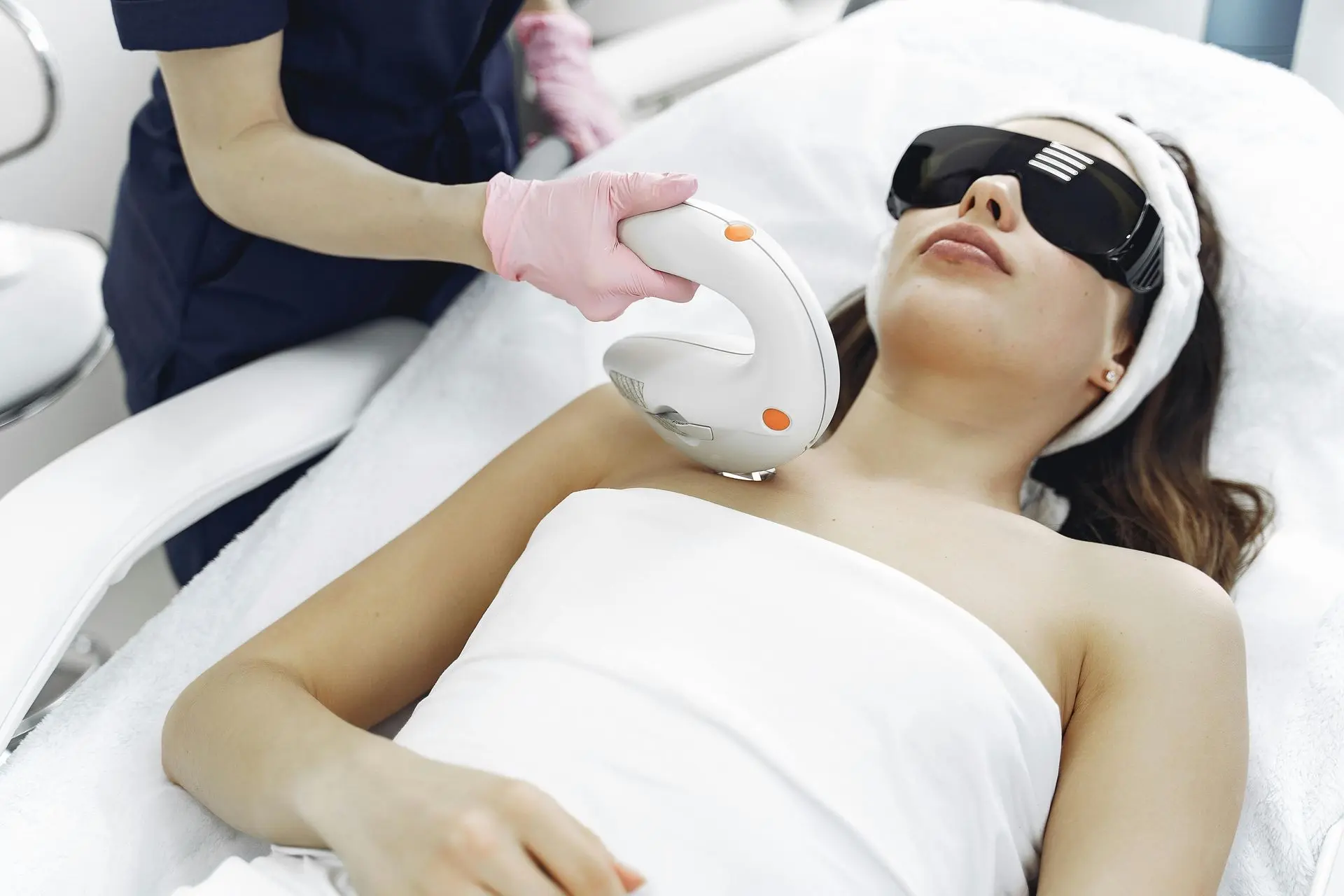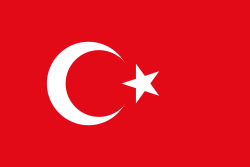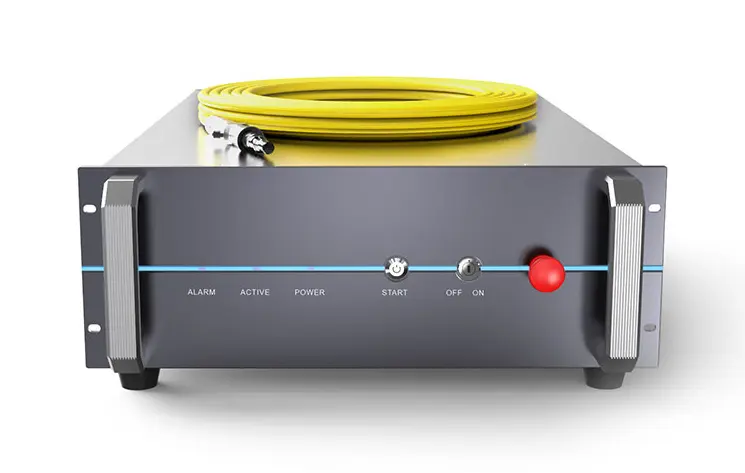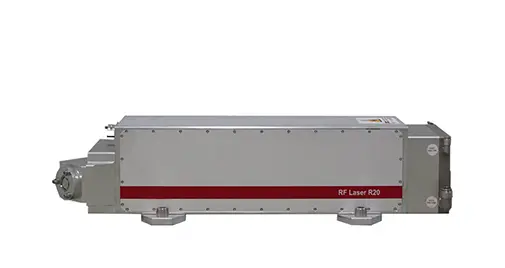
In recent decades, the use of sophisticated technologies, including laser technology, has made it possible to repair skin tissue defects that are difficult to treat. There is a spectrum of laser and light technologies available for skin resurfacing and rejuvenation. Laser light can be accurately focused into small spots with very high energy. The aim is to destroy the target cells and not harm the surrounding tissue.
The energy released by laser radiation can leave the most superficial skin layers unharmed and selectively hit only certain targets located deeper down. Melanin, haemoglobin and exogenous pigments can be destroyed selectively and the production of new collagen can be achieved.
There are several types of lasers used in skin laser surgery. The wavelength peaks of the laser light, pulse durations and how the target skin tissue absorbs them determine the clinical applications of the laser types.
Dermatology

In recent decades, the use of sophisticated technologies, including laser technology, has made it possible to repair skin tissue defects that are difficult to treat. There is a spectrum of laser and light technologies available for skin resurfacing and rejuvenation. Laser light can be accurately focused into small spots with very high energy. The aim is to destroy the target cells and not harm the surrounding tissue.
The energy released by laser radiation can leave the most superficial skin layers unharmed and selectively hit only certain targets located deeper down. Melanin, haemoglobin and exogenous pigments can be destroyed selectively and the production of new collagen can be achieved.
There are several types of lasers used in skin laser surgery. The wavelength peaks of the laser light, pulse durations and how the target skin tissue absorbs them determine the clinical applications of the laser types.
Dermatology
In dermatology, lasers are used for both medical and cosmetic procedures, offering precise, non-invasive treatment for a wide range of skin conditions. The most commonly used types of lasers include CO₂ lasers, Er:YAG lasers, diode lasers, and Nd:YAG lasers, each chosen based on the treatment depth, target chromophore, and skin type.
CO₂ lasers are used for skin resurfacing, scar revision, and removal of benign skin lesions. They vaporize the outer layers of skin with precision, stimulating collagen production and improving texture and tone.
Er:YAG lasers are ideal for superficial resurfacing and fine line reduction, offering minimal thermal damage and quicker healing compared to CO₂ lasers. They are often used in aesthetic treatments and for patients with lighter skin tones.
Diode lasers are commonly used for hair removal and vascular lesion treatments. They target melanin in hair follicles and hemoglobin in blood vessels, making them effective and safe for a range of skin types.
Nd:YAG lasers are versatile and penetrate deeper into the skin, making them suitable for vascular treatments, tattoo removal, and laser toning. They are particularly effective for darker skin types due to their lower melanin absorption.
The choice of laser in dermatology depends on the condition being treated and the patient’s skin characteristics. CO₂ and Er:YAG lasers are typically used for resurfacing, diode lasers for hair and vascular treatments, and Nd:YAG lasers for deeper or pigment-related issues.
In dermatology, lasers are used for both medical and cosmetic procedures, offering precise, non-invasive treatment for a wide range of skin conditions. The most commonly used types of lasers include CO₂ lasers, Er:YAG lasers, diode lasers, and Nd:YAG lasers, each chosen based on the treatment depth, target chromophore, and skin type.
CO₂ lasers are used for skin resurfacing, scar revision, and removal of benign skin lesions. They vaporize the outer layers of skin with precision, stimulating collagen production and improving texture and tone.
Er:YAG lasers are ideal for superficial resurfacing and fine line reduction, offering minimal thermal damage and quicker healing compared to CO₂ lasers. They are often used in aesthetic treatments and for patients with lighter skin tones.
Diode lasers are commonly used for hair removal and vascular lesion treatments. They target melanin in hair follicles and hemoglobin in blood vessels, making them effective and safe for a range of skin types.
Nd:YAG lasers are versatile and penetrate deeper into the skin, making them suitable for vascular treatments, tattoo removal, and laser toning. They are particularly effective for darker skin types due to their lower melanin absorption.
The choice of laser in dermatology depends on the condition being treated and the patient’s skin characteristics. CO₂ and Er:YAG lasers are typically used for resurfacing, diode lasers for hair and vascular treatments, and Nd:YAG lasers for deeper or pigment-related issues.




